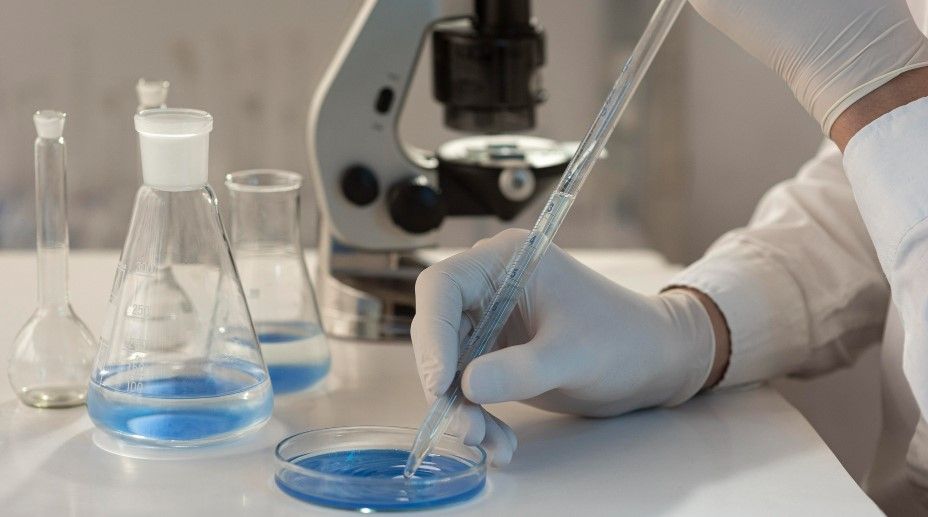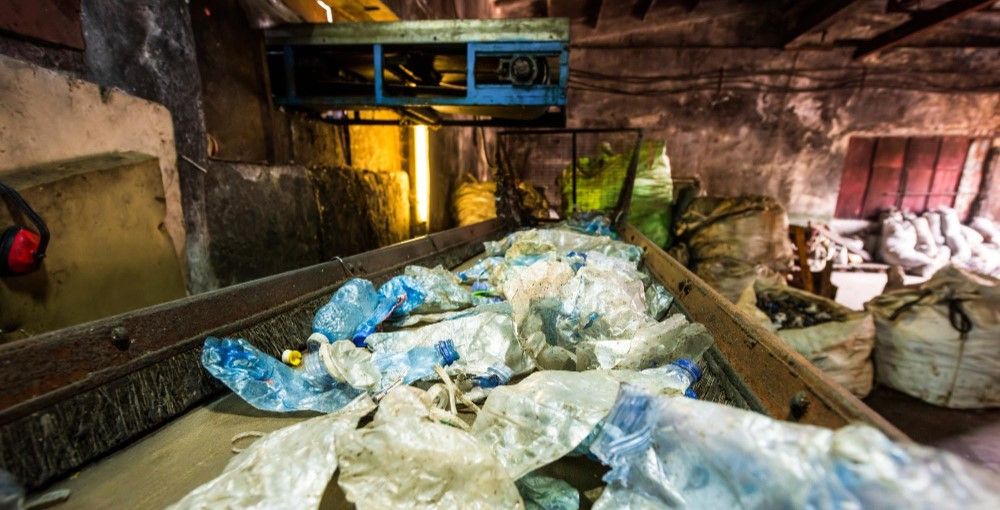The chemical industry has no magic mirror or crystal ball to foretell the future. However, close cooperation with the sector’s thought leaders can provide a glimpse of what tomorrow holds.
Here are some visions of the future as foreseen by chemical industry leaders prior to their attendance at the CIEX conference which this year is being held in Indianapolis, USA in October 2024.
Sustainable Chemical Production
Given the challenges which the planet is facing in terms of climate change and the exhaustion of limited raw materials it is a widely held belief that the commercialization and adoption of sustainable chemistry is an essential move. However, making the change means overcoming the incumbent fossil fuel-driven system and how it is integrated into the current supply chain. Given the prohibitive cost of R&D and the limits companies have on CAPEX, then moving away from petrochemicals is a daunting task.

However, according to Joel Tickner from Change Chemistry, an organisation dedicated to the commercial adoption of green and sustainable chemistry, there are major changes occurring in how industrial chemicals will be produced.
“There is a seismic shift happening in the chemicals sector right now driven by global environmental challenges such as climate change, chemical and plastics pollution and resource depletion as well as supply chain and feedstock disruptions post-pandemic,” he notes. “These present unique opportunities to reshape the trajectory of this industry and the sectors that depend on it. Progress against every dimension of sustainability – GHG reduction, circularity, plastics pollution, biodiversity protection, elimination of toxic substances and environmental justice – depends on the availability of safer and sustainable alternative chemistries that perform, are available at scale and are cost-competitive.”
Achieving this will mean stepping away from the dominant forces at work in the current chemical industry structure. In its place, according to Tickner, there needs to be a shift towards deglobalization, reduced production of toxic waste, de-fossilization, and a pathway to circularity. New funding will be needed to encourage innovation and public-private sector partnerships which will allow the smooth entry of green chemicals into the marketplace.
Scientific Innovation
Given the many challenges the chemical industry faces in achieving circularity, deglobalization, and the energy transition, then a considerable amount of innovation will be needed.
As Abhishek Shrivastava, VP of Innovation & Decision Science at Lubrizol states, “Adapting to these trends requires building more resilient and flexible business models, as well as collaborating with stakeholders across the value chain to ensure compliance and efficiency.”
With this in mind Shrivastava outlines three ways to making the change. These are:
1. Leveraging digital technologies and data analytics to optimize production processes, reduce waste and emissions, and enhance customer experience.
2. Investing in innovation and R&D to develop new products and solutions that meet the evolving needs and expectations of the market.
3. Accelerating the transition to renewable energy sources and low-carbon feedstocks, such as bio-based or recycled materials, to reduce the environmental footprint and improve the industry’s sustainability.
Looping Raw Materials
Only about 5% of the end-of-life batteries produced in North America today—the third-largest volume in the world—are recycled. This is not only an unforgiveable waste of raw materials but is also a cause of environmental damage.
As David Klanecky, CEO of Cirba Solutionsexplains, “Landfilled batteries can leak toxic chemicals, polluting our soil and water sources. Additionally, they can cause thermal events,” he says. “Approximately 95% of the critical minerals in an end-of-life battery can be extracted and repurposed. These recovered materials can be reused in the production of new batteries, reducing reliance on virgin resources.”

Instead of this waste, Klanecky, who heads up the battery recycling company, sees an enormous opportunity to gain a low-cost, environmentally friendly source of raw materials.
“We need to shift the paradigm on how we source raw materials domestically and create a closed-loop approach supply of critical battery materials,” he says. “By sourcing domestically, and specifically recycling and reusing, we can have a significant impact on cost and reduce the carbon footprint.”
It is a very valid point, certainly for the disposable battery sector, as the critical materials needed for battery production are in high demand - a situation which will only be exacerbated by the expansion of the electric car market.
With battery feedstock materials being infinitely recyclable, it will be essential for recycling rates to be increased if the market is to balance the supply and demand for these raw materials. As Klanecky observes, “The largest mine we have today is on our own roads and in our homes – in our junk drawers, the tools in our garage, and even our electric/hybrid cars.”

Industrial Chemical Cooperation
The chemical industry is a complex and interconnected web of companies, each with their own specialized expertise and capabilities. In this landscape, inter-company cooperation is of paramount importance. By sharing knowledge, resources, and best practices, chemical firms can drive innovation, enhance efficiency, and deliver greater value to their customers.
“A value chain ecosystem is jointly finding innovative circular solutions to save chemical resources at their highest possible value and reduce CO2 emission,” observes Marianne Lyngsaae, a chemical engineer at Brenntag Group with 26 years industry experience. “This is a good way to move forward in the green transition process.”
Given the size and clout which the industrial chemical sector holds, then finding a suitable partner for collaboration should not be too difficult. As Lyngsaae explains, “Chemical distribution connects 100 thousand customers with 10 thousand producers of chemicals. Therefore, we are gaining insights into the sustainability needs of various industries and can build ecosystems to offer more sustainable solutions.”

One key example of how cooperation between companies can inspire wider change was highlighted by Dr. Andreas Kicherer, Brenntag’s Vice President of Sustainability. “A company in another sector was looking for a buy-and-take back solution. Investigation of the human brain and social behavior shows that when realizing others have got a good idea, humans are eager to copy it,” he recalls. “This is in fact one of the keys to our success as a species. Electricity companies started some decades ago to offer green electricity via a mass balance approach. That is also applicable to chemicals.”
Collaborative research and development projects, for example, allow companies to pool their intellectual capital and tackle challenges that would be beyond the scope of any single entity. Similarly, strategic partnerships in manufacturing and logistics can optimize supply chains, reduce costs, and increase responsiveness.
Perhaps most crucially, he believes that open lines of communication and a spirit of teamwork between chemical businesses foster an environment of mutual trust and support - qualities that are essential for navigating the industry's highly competitive and rapidly evolving landscape.
The chemical industry is a complex beast. But nurturing it towards sustainability and directing companies towards the circular economy are essential if global environmental goals are to be achieved. Ultimately, the willingness of chemical companies to cooperate and leverage their collective strengths will be a key determinant of success in this field. It will also allow for the continued progress of the chemical industry as a whole.
You many also like to read: Does the Chemical Industry Have a Problem with Secrecy? or How A Sustainable Chemical Industry Requires a Holistic Supply Chain
Photo credit: Freepik, Senivpetro, Freepik, Frimufilms, & Freepik